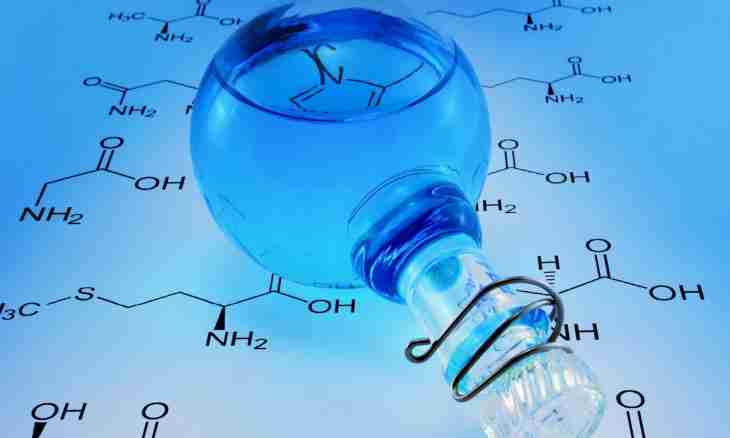The solutions carrying electric current are called solutions of electrolytes. Current passes through conductors due to transfer of electrons or ions. The electronic conductivity is peculiar to metals. The ionic conductivity is peculiar to the substances having the ionic building.
All substances on the nature of their behavior in solutions divide into electrolytes and nonelectrolytes.
Electrolytes call such substances which solutions have ionic conductivity. Respectively, nonelectrolytes are called substances whose solutions have no that conductivity. The group of electrolytes includes the majority of inorganic acids, the bases, salts. Whereas many organic compounds are nonelectrolytes (for example, alcohols, carbohydrates).
In 1887 the Swedish scientist Svante Augustus Arrhenius formulated the theory of electrolytic dissociation. Electrolytic dissociation is the disintegration of a molecule of electrolyte in solution going with formation of cations and anions. Cations are positively charged ions, anions - negatively charged. For example, acetic acid dissociates in water solution: CH(3)COOH ↔ H (+) + CH(3)COO (-). Dissociation - reversible process therefore in the equation of reaction the bilateral arrow is drawn (it is possible to draw two arrows: ← and →). Electrolytic disintegration can be incomplete. Degree of completeness of disintegration depends from: - electrolyte nature; - concentration of electrolyte; - solvent nature (its force); - temperatures. The most important concept of the theory of dissociation - extent of dissociation. Extent of dissociation α = number of the molecules which broke up to ions / the total number of the dissolved molecules.α = ν' (x)/ν (x), α ∈ [0;1].α = 0 - lack of dissociation, α = 1 - full dissociation. Depending on extent of dissociation, emit weak electrolytes, strong electrolytes and electrolytes of average force. - α 30% correspond to strong electrolyte. The theory of dissociation says that reactions in solutions of electrolytes can have two possible results: 1. Strong electrolytes which are well dissolved in water are formed and completely dissociate on ions; 2. One or several of the formed substances - gas, a deposit or well soluble weak electrolyte in water.
